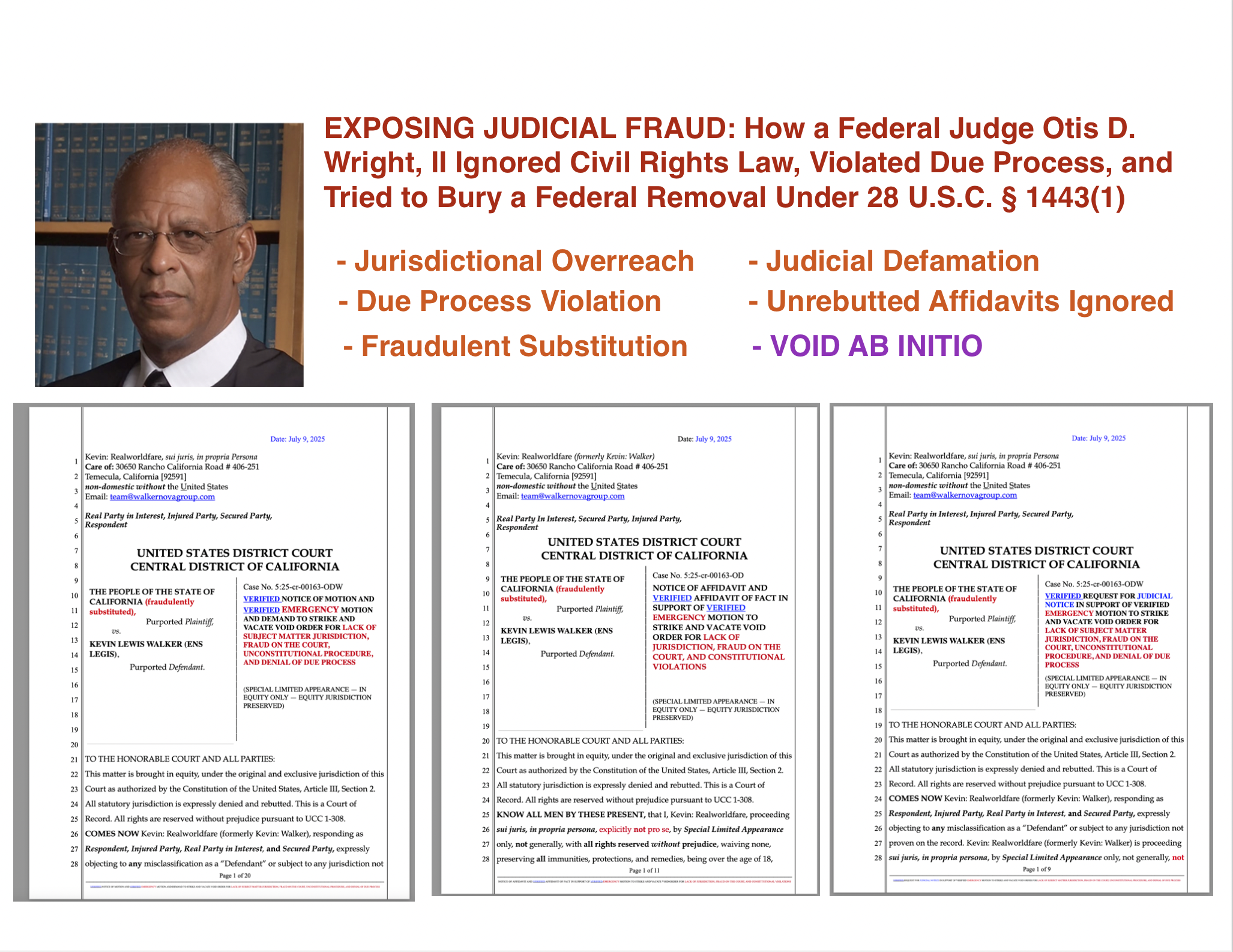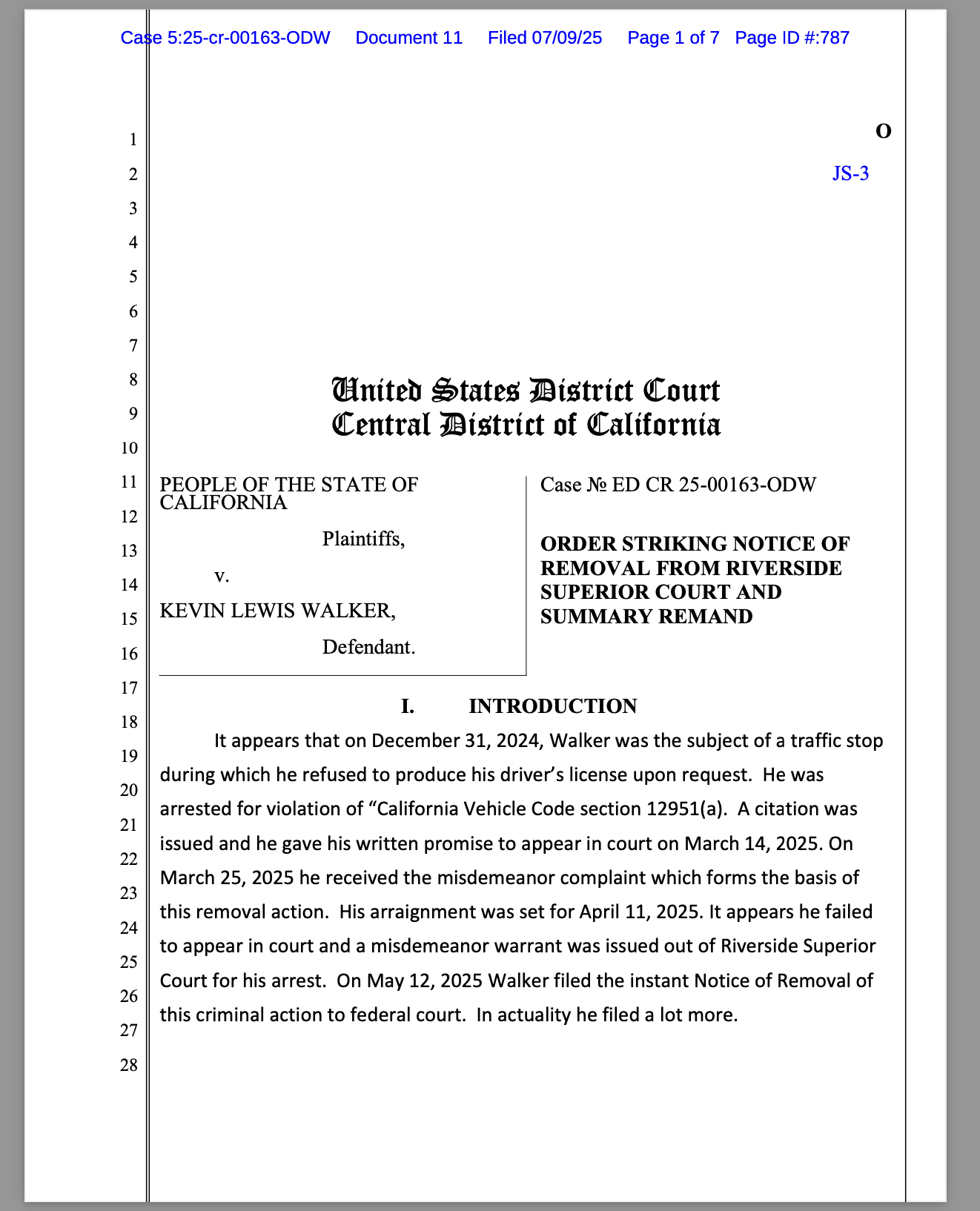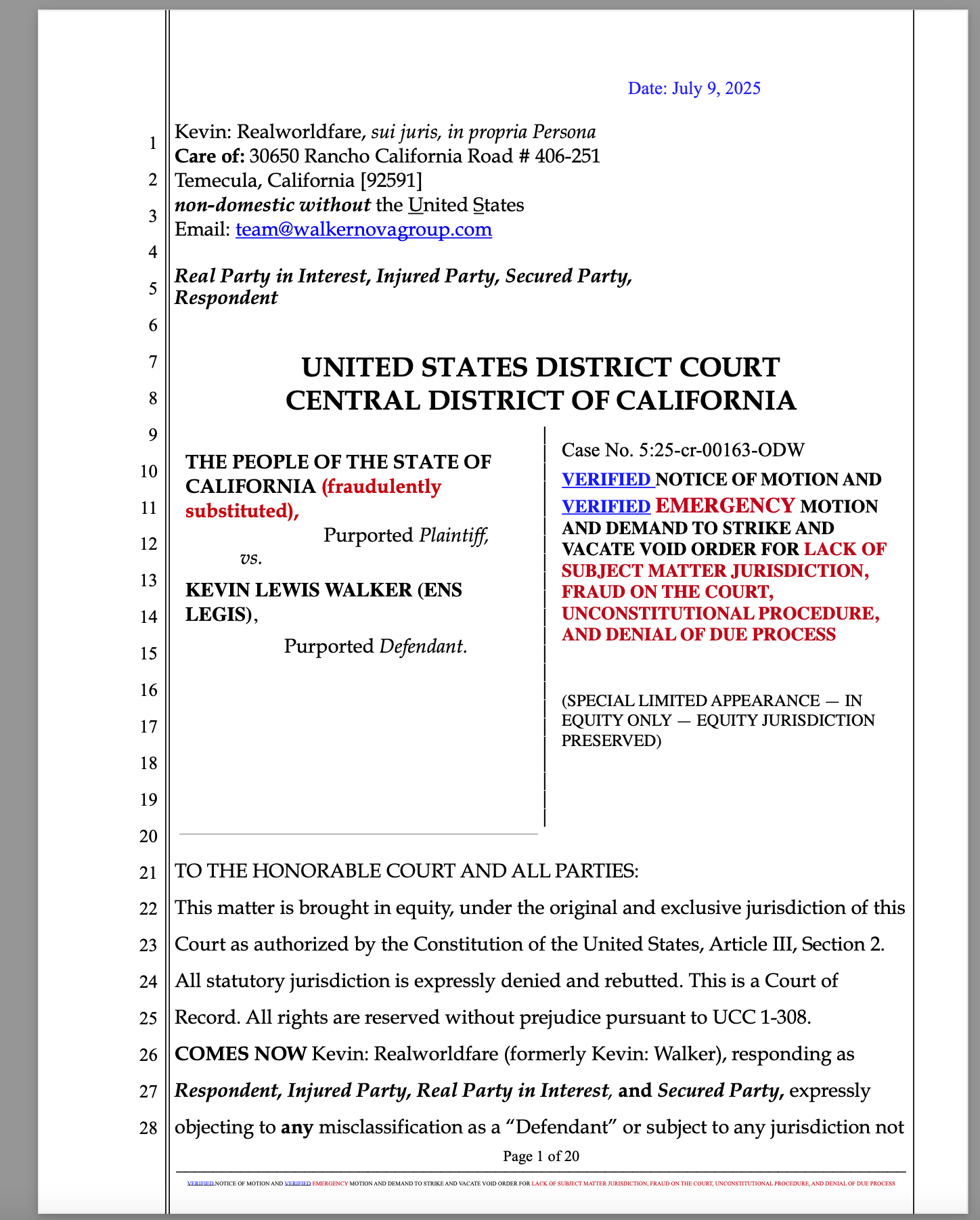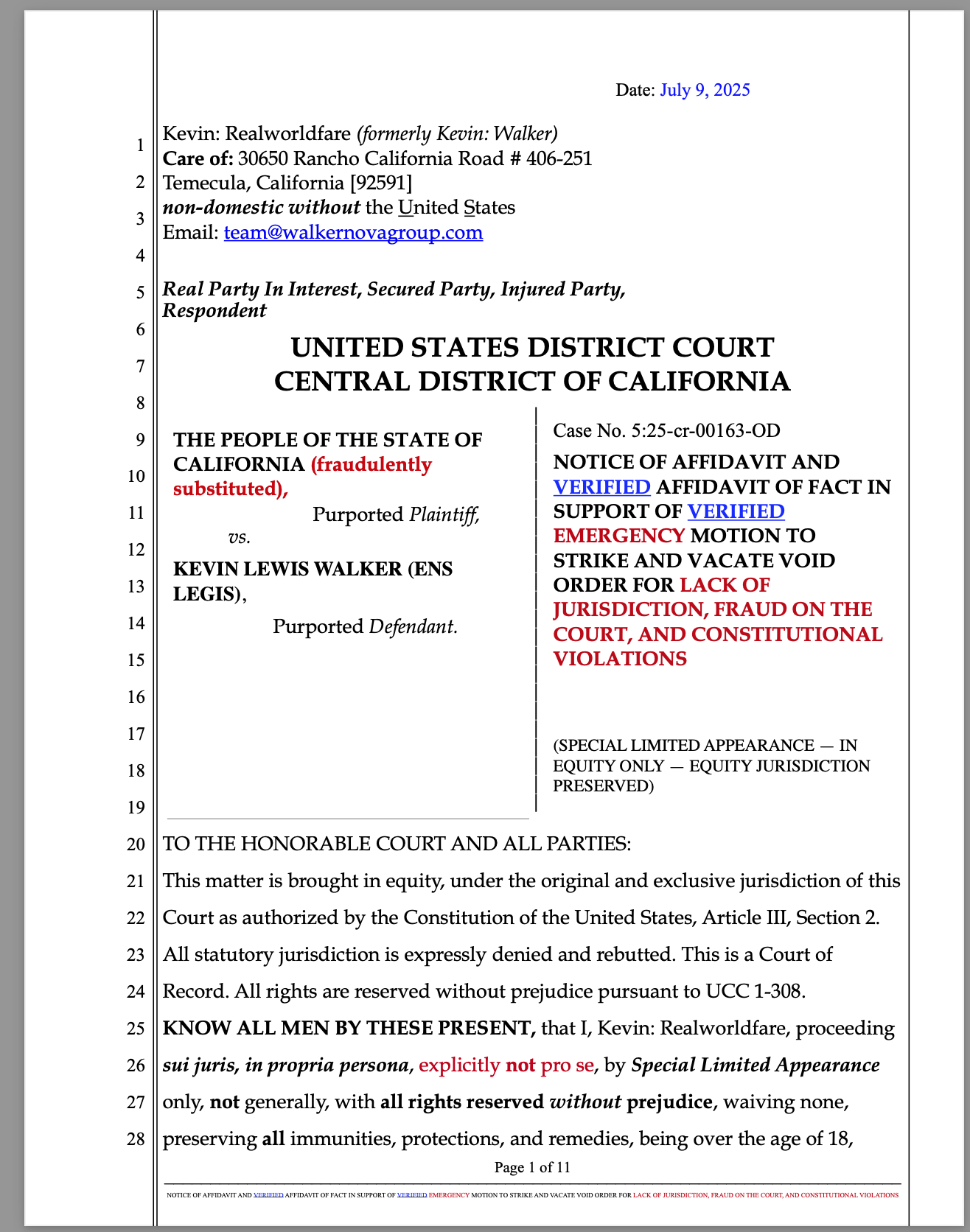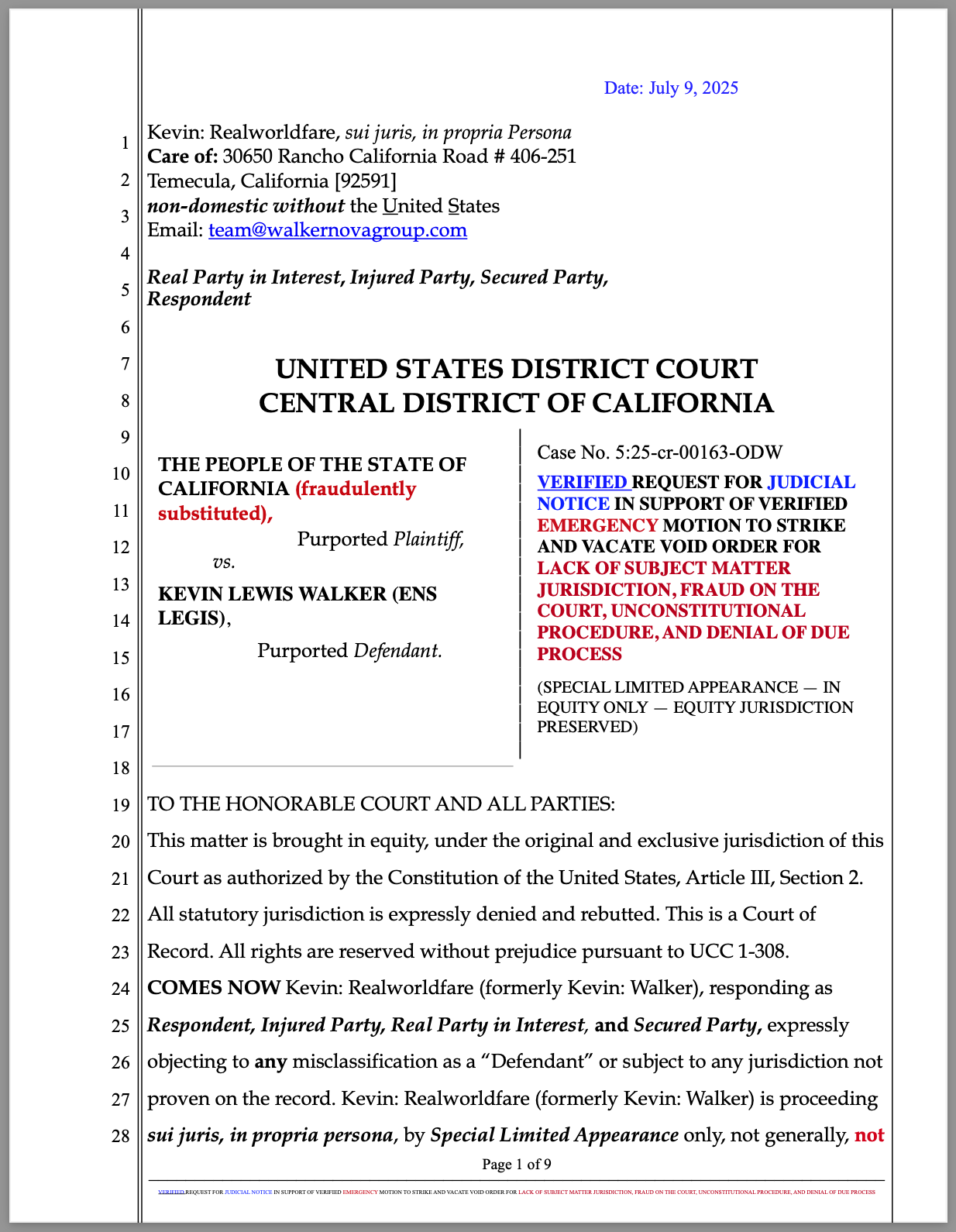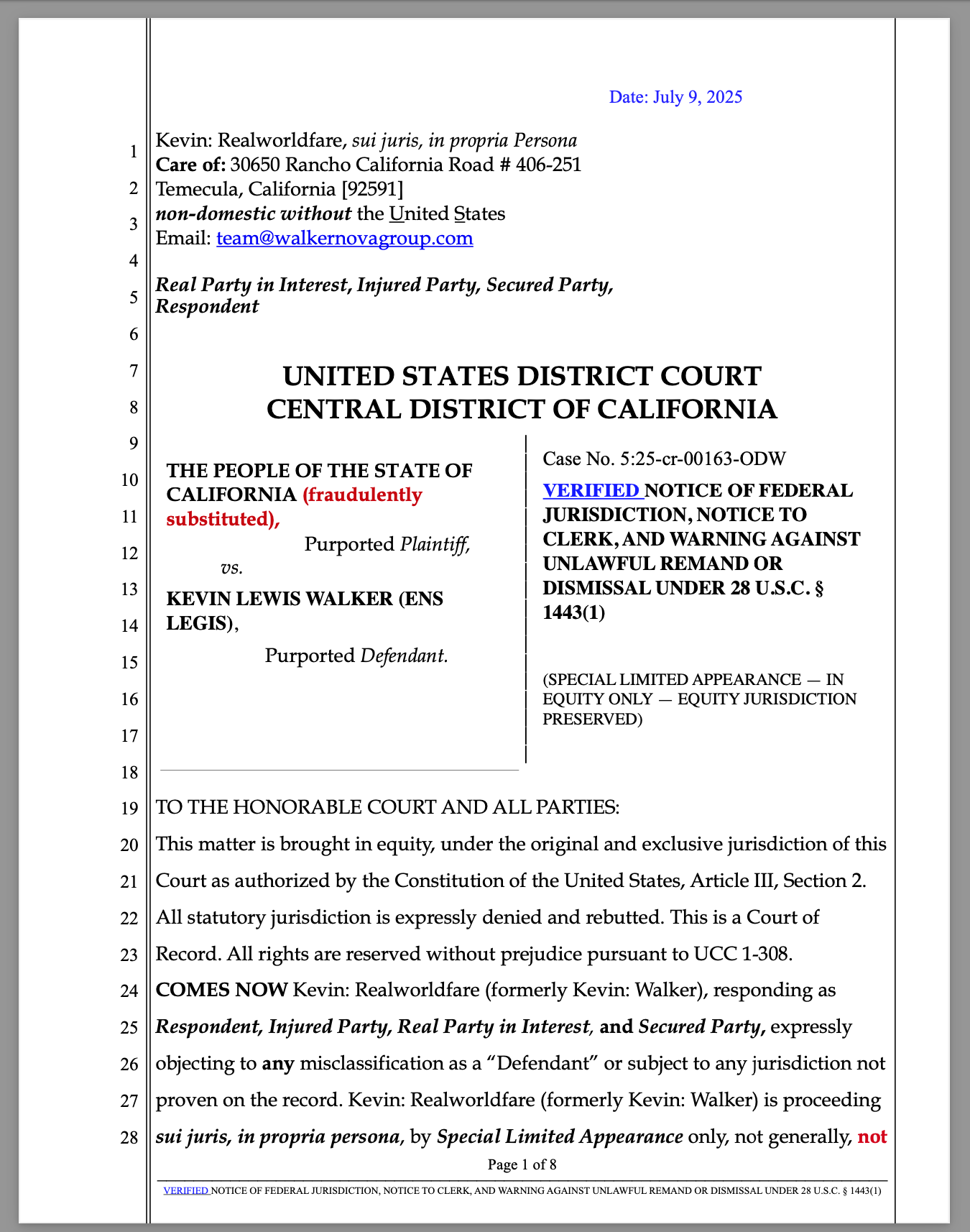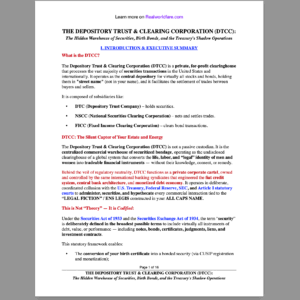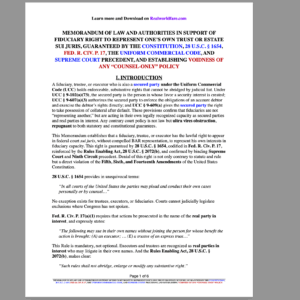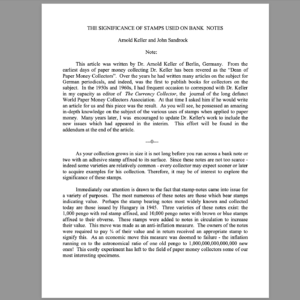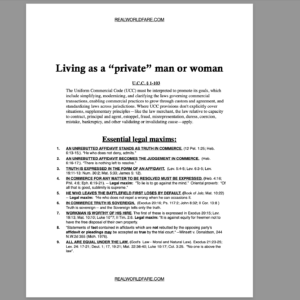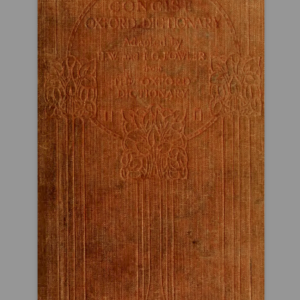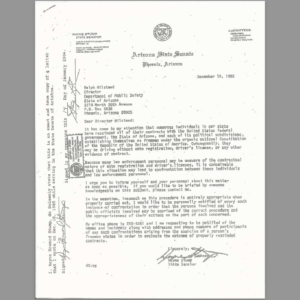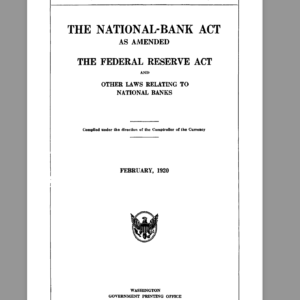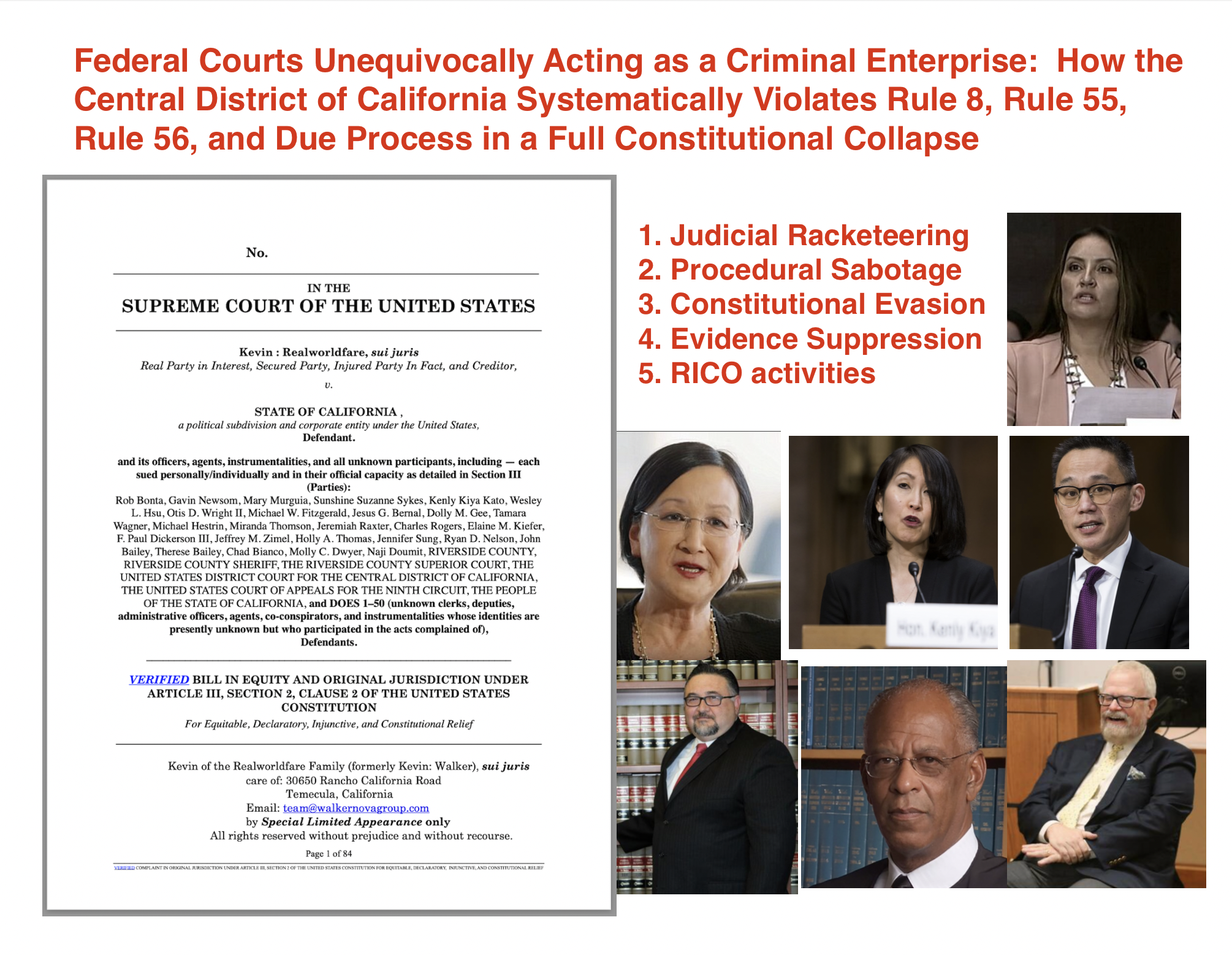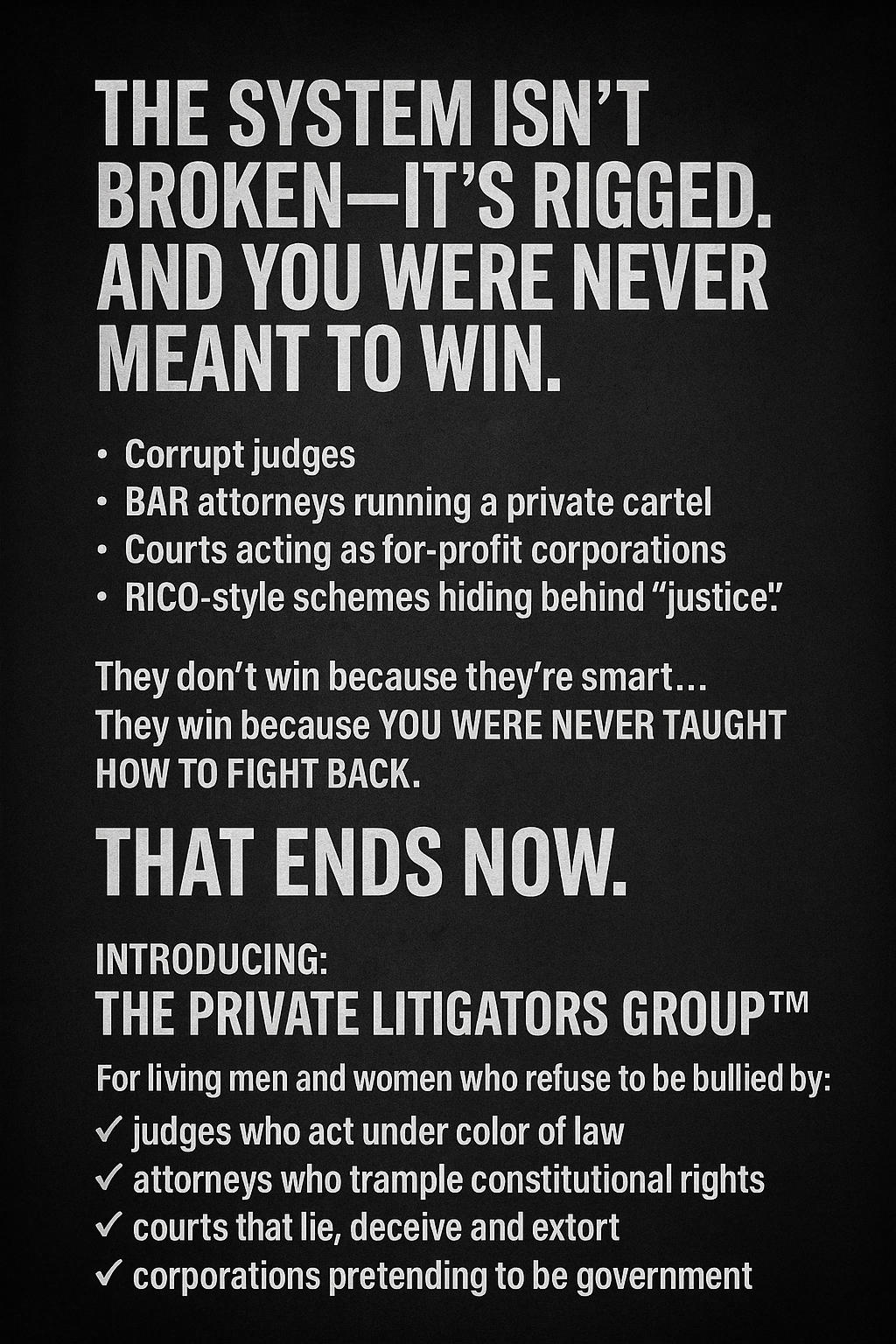Introduction: A Crisis of Judicial Integrity
On July 9, 2025, U.S. District Judge Otis D. Wright, II, issued an order purporting to “strike” a properly filed notice of removal under 28 U.S.C. § 1443(1). The case involved serious claims of state-level fraud, simulated legal process, party substitution, and civil rights obstruction—yet the Court’s response was not to examine these verified claims, but to unilaterally deny jurisdiction without citing the controlling removal statute.
What followed was a procedural cover-up, riddled with judicial errors, defamation, and a blatant attempt to protect state actors from federal scrutiny. This article outlines how the Court’s actions were not only unlawful but constitutionally offensive, and how the federal judiciary has a duty to reverse the damage and restore equity.
The Basis for Removal: 28 U.S.C. § 1443(1)
Section 1443(1) of Title 28 permits removal to federal court by any person denied civil rights or unable to enforce them in state court:
“Against any person who is denied or cannot enforce in the courts of such State a right under any law providing for the equal civil rights of citizens of the United States.”
Unlike § 1441 or § 1446, there is no 30-day time limit under § 1443(1). The statute is protective and equitable, designed specifically for scenarios involving state court corruption, obstruction of remedy, or violations of constitutional rights. In this case, Kevin: Realworldfare alleged, and supported with unrebutted affidavits, that the state court action was:
- Based on a fictitious plaintiff (“THE PEOPLE OF THE STATE OF CALIFORNIA”),
- Initiated through party substitution and simulated process,
- Maintained without standing, contract, or verified injury,
- Adjudicated by a state court acting in conflict of interest and jurisdictional fraud.
UNLAWFUL CONVERSION FROM CIVIL TO CRIMINAL WITHOUT INDICTMENT, CONTRACT, OR CORPUS DELICTI
The record is clear and judicially noticeable: The action originally filed as a civil statutory matter—under Nature of Suit “440 Civil Rights – Other Civil Rights” and Cause “28:1441 Notice of Removal – Civil Rights Act”—was fraudulently and administratively converted into a criminal proceeding under Case No. 5:25-cr-00163-ODW, despite the absence of:
-
Any criminal indictment;
-
Any sworn affidavit of criminal conduct;
-
Any contract or lawful nexus binding the living man to a statutory obligation;
-
Any corpus delicti or injured party in fact;
-
Any lawful order dismissing the civil case on the merits or closing it with finality.
Instead, a clerical error notice dated June 24, 2025, states:
“This case was opened in error as a duplicate and with the incorrect case type. Therefore, this case will be administratively closed. Refer to case no. 5:25-cr-00163-ODW for all further proceedings.”
This admission confirms no judicial determination was made to convert or consolidate the case. No order from a magistrate or Article III judge authorized a reclassification to a criminal docket. Such an act, absent lawful procedure, constitutes:
-
Fraud on the court (Hazel-Atlas Glass Co. v. Hartford-Empire Co., 322 U.S. 238);
-
Color of law abuse (42 U.S.C. § 1983; Screws v. United States, 325 U.S. 91);
-
Denial of due process and equal protection (U.S. Const. Amend. V & XIV).
Moreover, under 28 U.S.C. § 1443(1), the removal of a civil rights matter to federal court cannot be remanded based on formality or timing. Yet, the court arbitrarily closed the civil docket without ruling on jurisdiction, and concurrently allowed a fraudulent transfer to an unrelated criminal case—which itself lacks a charging instrument or initiating party.
“A void judgment is a nullity and may be vacated at any time.” — Valley v. Northern Fire & Marine Ins. Co., 254 U.S. 348 (1920)
This maneuver is procedurally defective, jurisdictionally void, and constitutionally offensive. It demands immediate judicial correction, full vacatur of all proceedings under the criminal docket, and reinstatement of the civil rights matter in equity before a neutral Article III tribunal.
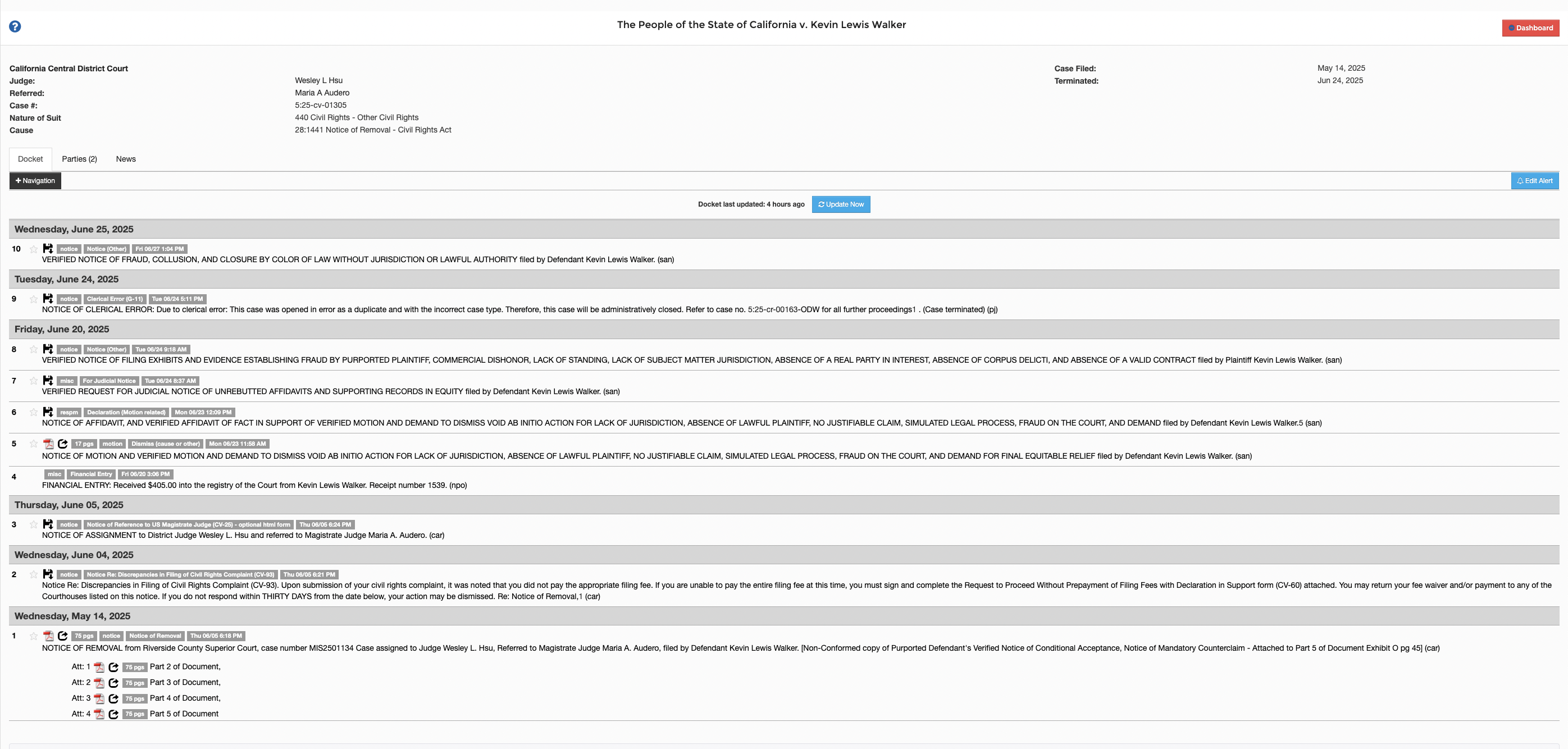
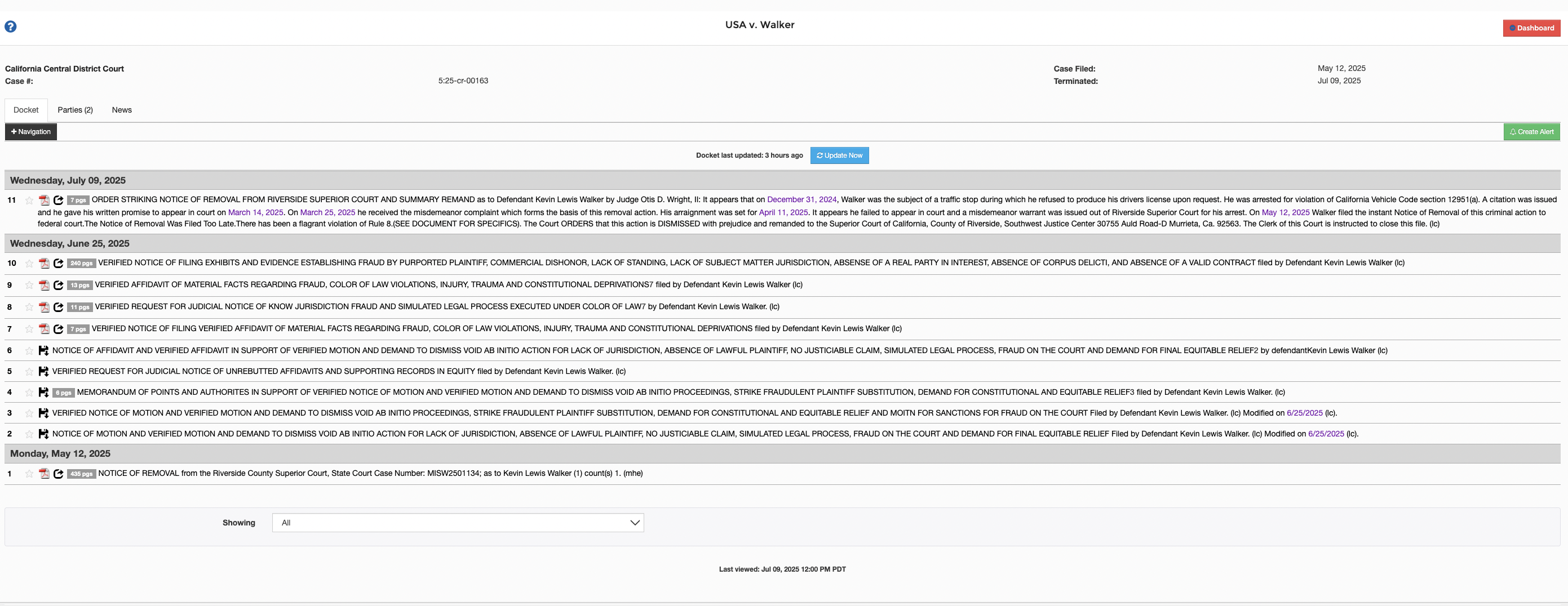
Judicial Misconduct: What the Court Did Wrong
The July 9, 2025 order issued by Judge Otis D. Wright, II is not merely a legal error—it is a complicit act of judicial misconduct that defies federal law, due process, and the integrity of the bench. The record reveals an orchestrated cover-up of jurisdictional fraud, party fabrication, and civil rights obstruction.
1. Applied the Wrong Statute—Then Declared Removal Untimely
Judge Wright erroneously applied 28 U.S.C. § 1455, which governs criminal removals, despite the clear filing under 28 U.S.C. § 1443(1)—a civil rights-based removal statute that contains no time limit. He then declared the removal “untimely,” a legal impossibility under the correct statute.
📌 Controlling Law:
Georgia v. Rachel, 384 U.S. 780 (1966): “Section 1443(1) provides federal jurisdiction when civil rights cannot be enforced in state courts.”
📌 Case Authority:
There is no 30-day deadline under 28 U.S.C. § 1443. Any ruling based on a timing defect misrepresents federal jurisdiction and invalidates the Order on its face.
2. Ignored Verified Affidavits and the Entire Factual Record
The Court ignored multiple unrebutted affidavits, including the Affidavit of Fact, judicial notices, and perfected UCC-1 Financing Statements that established administrative default, secured standing, and unrebutted commercial dishonor by the purported Plaintiff.
📌 Confirmed Case Law:
-
“Unrebutted affidavits are judicial admissions which the court must accept as true.” — United States v. Kis, 658 F.2d 526, 536 (7th Cir. 1981)
-
“Silence where there is a duty to speak amounts to fraud.” — United States v. Tweel, 550 F.2d 297 (5th Cir. 1977)
-
“When a party fails to rebut facts stated in an affidavit, they are estopped from later contesting those facts.” — New Hampshire v. Maine, 532 U.S. 742 (2001)
3. Permitted Fraudulent Substitution of Parties
The case began with the fictional entity “THE PEOPLE OF THE STATE OF CALIFORNIA” as Plaintiff—a political abstraction, not a verified party or living claimant. Without any affidavit or verified substitution under Rule 17(a), the caption was silently replaced with “UNITED STATES OF AMERICA”—a blatant act of fraud on the court.
📌 Legal Defect:
-
No substitution motion filed
-
No real party in interest verified
-
No chain of custody or affidavit proving standing
📌 Controlling Rule:
Fed. R. Civ. P. 17(a): An action must be prosecuted in the name of the real party in interest.
📌 Binding Precedent:
“Fraud upon the court is fraud which… defiles the court itself.” — Hazel-Atlas Glass Co. v. Hartford-Empire Co., 322 U.S. 238 (1944)
This fraudulent substitution concealed the original procedural defects and allowed unlawful prosecution to continue without lawful standing or a verified claimant.
4. Defamed the Petitioner to Discredit the Claims
Judge Wright slandered Kevin: Realworldfare by labeling him a “sovereign citizen,” a weaponized term used by federal agencies to dismiss and criminalize lawful litigants asserting private rights and constitutional protections.
📌 Legal Consequence:
Such statements demonstrate actual bias, trigger judicial disqualification, and nullify all rulings issued thereafter.
📌 Controlling Authority:
“Due process requires an impartial tribunal.” — Caperton v. A.T. Massey Coal Co., 556 U.S. 868 (2009)
“Bias and prejudice disqualify a judge where it appears of record.” — Liteky v. United States, 510 U.S. 540 (1994)
5. Violated Due Process Across the Board
The Court failed to:
-
Provide a hearing
-
Address the controlling statute (28 U.S.C. § 1443(1))
-
Analyze or rebut the submitted affidavits
-
Consider the administrative default and unrebutted UCC filings
-
Cite a single verified fact to justify remand
This was not a lawful judicial process—it was a rubber-stamp to shield state-level fraud and protect public officials from accountability.
6. Issued a Legally Incoherent Order: “Dismissed and Remanded”
The July 9, 2025 order simultaneously claims to “strike the removal,” “dismiss,” and “remand” the action—a procedural impossibility:
📌 You cannot both dismiss and remand—dismissal extinguishes federal jurisdiction, while remand affirms it. Doing both is a jurisdictional contradiction and exposes the Order as null and void ab initio.
📌 Controlling Case Law:
“A void judgment is a nullity and may be vacated at any time.” — Valley v. Northern Fire & Marine Ins. Co., 254 U.S. 348 (1920)
Bottom Line:
This is not a legal ruling. It is a fraudulent, prejudicial, and factually unsupported act of judicial obstruction designed to suppress federal civil rights enforcement, sanitize state-level misconduct, and block lawful remedy.
The entire record demands vacatur, reassignment to a neutral Article III judge, and investigation into the pattern of bias and fraud now openly operating in the Central District of California.
Legal Authorities Confirming the Order Is Void
The July 9, 2025 “Order Striking Removal” issued by Judge Otis D. Wright, II is void, not voidable. It was issued without jurisdiction, based on misapplied statutes, and in willful disregard of unrebutted affidavits, standing defects, and constitutional protections. Binding U.S. Supreme Court precedent confirms the following:
1. A Judgment Issued Without Jurisdiction Is Void and Can Be Challenged at Any Time
📌 Valley v. Northern Fire & Marine Ins. Co., 254 U.S. 348, 353 (1920):
“A void judgment is a nullity and may be vacated at any time.”
This foundational principle holds that where a court lacks subject matter jurisdiction, its orders are legal nullities and have no force or effect from inception. The July 9 order failed to address the actual removal statute (28 U.S.C. § 1443(1)), making the ruling jurisdictionally defective and inherently void.
2. Orders Issued Without Jurisdiction Are Non-Binding and Non-Enforceable
📌 Ex parte Fisk, 113 U.S. 713, 718 (1885):
“A court that proceeds without jurisdiction renders its orders null and void.”
Once a federal removal under 28 U.S.C. § 1443(1) is filed, the federal court acquires immediate and exclusive jurisdiction to adjudicate the removal. Any subsequent action that fails to recognize or analyze this statutory basis is ultra vires, outside the court’s lawful authority.
3. Any Order That Conceals or Enables Fraud Is Constitutionally Defective
📌 Hazel-Atlas Glass Co. v. Hartford-Empire Co., 322 U.S. 238, 244 (1944):
“Fraud upon the court is fraud which defiles the court itself… and is not subject to ordinary rules of finality.”
The July 9 order aided and abetted a fraudulent substitution of parties, ignored all verified affidavits and unrebutted commercial filings, and labeled the removing party with a derogatory slur (“sovereign citizen”), constituting judicial defamation and disqualifying bias. This level of misconduct rises to fraud upon the court, requiring immediate vacatur and disciplinary review.
Legal Summary:
-
The court misstated the applicable law, failing to cite or analyze § 1443(1).
-
The judgment was entered without jurisdiction and is therefore void ab initio.
-
The ruling is not entitled to any presumption of correctness and may be struck, vacated, or declared void at any time, by any court of competent jurisdiction.
-
The use of fraudulent pleadings, fictitious party substitution, and slanderous labeling invalidates the entire proceeding under settled doctrine.
The Remedy: Strike and Vacate the Order
Kevin: Realworldfare filed a Verified Emergency Motion to Strike and Vacate the void July 9 order, supported by:
- A Judicial Notice under FRE 201;
- An Affidavit of Material Facts;
- Recorded UCC-1 filings and unrebutted notices;
- Case law confirming that void orders can be challenged at any time, especially where fraud, bias, or jurisdictional error exist.
He has further noticed the Court and Clerk that no remand or dismissal may lawfully occur under 28 U.S.C. § 1443(1) until the issues of constitutional injury, fraud, and jurisdiction are fully adjudicated.
Conclusion: The Federal Judiciary Is on Trial
This is no longer just about a fraudulent party substitution or a rogue judge in California. It’s about whether the federal bench will uphold the rule of law, or allow its courts to become tools for concealing civil rights violations, property theft, and simulated justice.
Kevin: Realworldfare has met the burden. He has stood in truth. It is now up to the Court to respond with equity, courage, and law—or stand complicit in the fraud it fails to strike.
